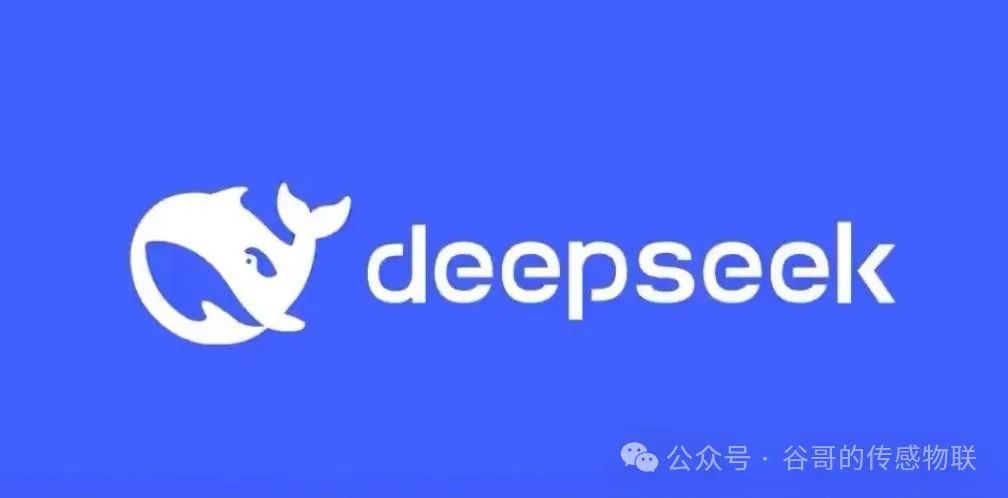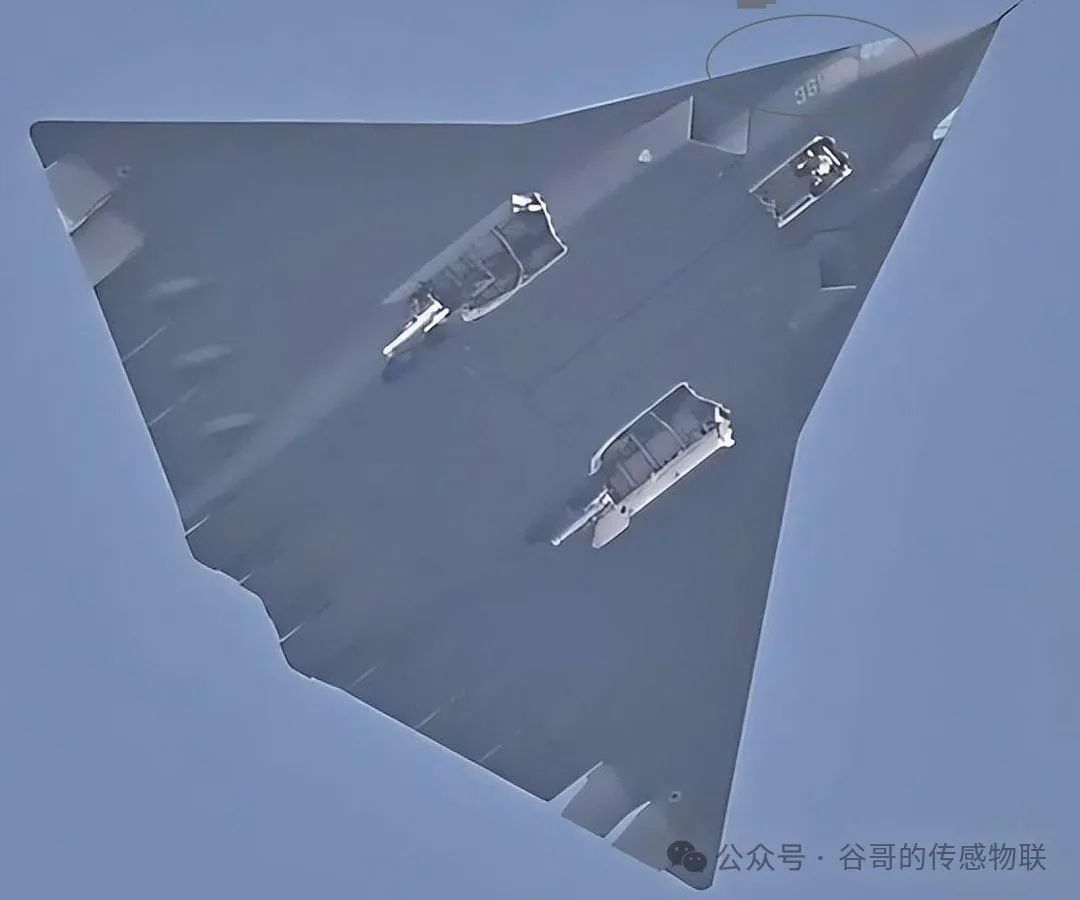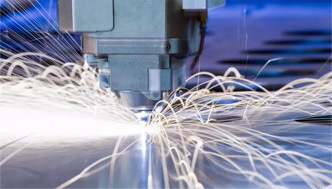It is already the fifth day of the Chinese Lunar New Year, also known as "Po Wu". It's a little after 10 p.m., and in Germany, it's a little after 3 p.m. I am sitting in my daughter's house in Germany, taking some time to write down some little thoughts.

During the Spring Festival, both domestic and foreign media have been paying attention to a matter that might seem small, but could potentially be a big deal: the AI APP developed by DeepSeek, a company in Hangzhou, China. An AI APP has managed to create a huge stir worldwide, especially in China and the United States. Even the then President of the United States, Donald Trump, showed concern. One can imagine its importance and significance.

News reports about DeepSeek, from official media to self - media, in both Chinese and English, have been so numerous. It's hard to come up with a word right away to describe its popularity and the level of attention it has received. In fact, from the high - ranking official like President Trump, the wealthy like Elon Musk, the expert like Jensen Huang from NVIDIA, to the ordinary people who have never cared about AI before, everyone is paying attention. The media coverage of it is more intense than the Spring Festival Gala in China, more so than the news of a civilian-military aircraft collision in the United States, and even more than the German general election in February in Germany.

The debate about DeepSeek has been going on for over a week, and the truth is gradually emerging. The two camps, those who praise DeepSeek and those who belittle it, seem to still be arguing. However, the three major American AI companies, including NVIDIA, OpenAI, and Microsoft, have confirmed and recognized DeepSeek on their official websites. This fact speaks for itself. In my personal opinion, general - purpose artificial intelligence is by no means a single - track path, that is, not just the one recognized by OpenAI. There must be multiple routes and various ways of thinking. The approach of OpenAI in the United States is like the "boxing" mindset of Americans or the Western world, relying on strength, power, and economic teams. The approach of China's DeepSeek is like Chinese "martial arts", whether it's northern boxing or southern boxing. It relies not only on strength but also on thought, skills, and even the art of acupoint - striking. When OpenAI and DeepSeek compete, each has its wins and losses. To some extent, this is normal. No one should belittle the other, nor should anyone assume that one has copied the other. Some people recognize OpenAI's technology, while a large number of others recognize DeepSeek's technology.

The Sino-US technological competition has been going on for several rounds. In the field of communication, there is Huawei's 5G; in the mobile phone area, Huawei's sudden release of the Mate 60; CATL's new energy batteries; BYD's U8 electric vehicle; DJI's drones in Shenzhen; the "sixth-generation aircraft" flying over Chengdu and Shenyang; and now DeepSeek's AI technology.

Naturally, people are curious about what technologies will emerge in the next round of the Sino-US technological competition. Will it be biotechnology? Aerospace technology? Nuclear technology? I focus on sensors. Therefore, I boldly predict that in the next Sino-US technological competition, the technology that will attract the most public attention, that is, the one with even higher popularity, should be sensor technology. More specifically, it should be the practical application of brain - wave sensors. Further on, it will be the specific practical application of brain-computer interaction. This may also trigger two waves of attention over a few years.

(Images borrowed from Baidu search) Although some brain - wave sensors have come out, their truly accurate application in real life, whether in smart homes or in healthcare, is still extremely rare, making it difficult to attract widespread public attention. The real application of brain - wave sensors requires converting what people think in their minds into different electrical signals, with a relative accuracy rate of over 95%. And it's not just for humans. If brain - wave sensors for pets such as dogs and cats can be developed, it will be a huge technological advancement and may even become a major scientific news that shakes the world. The next step of brain - computer interaction will be even more earth - shattering news. The human brain can directly drive and control various devices. Conversely, inputting certain electrical signals into a person can control their thoughts and then command their actions. This would be an even more terrifying thing than artificial intelligence. Just like the audio and video signals we are all familiar with now. Sound can be converted into electrical signals (using a microphone or a sound sensor), and electrical signals can be converted back into sound (using a speaker or a horn). Images can be converted into electrical signals (using an image sensor), and electrical signals can be converted back into images (on a TV, mobile phone, computer, etc.).

Dear readers, let's wait and see! Let's see which Chinese company will step forward to compete with an American company. We don't know which Chinese company is the most powerful or which American company is the best. Maybe, out of the blue, a Japanese or European company will emerge before China and the United States.
I boldly predict that the next thing that will amaze the world and attract the attention of ordinary people, as well as government officials and the scientific community, will definitely be the significant progress of brain - wave sensors! Even more astonishing will be the practical application of brain - computer interaction, whether on humans or animals. If it's applied to pandas, it will be even more spectacular!!
#Offenburg, Germany, February 2, 2025, 17:18#















